Affordable Juicer Buying Guide for 2025
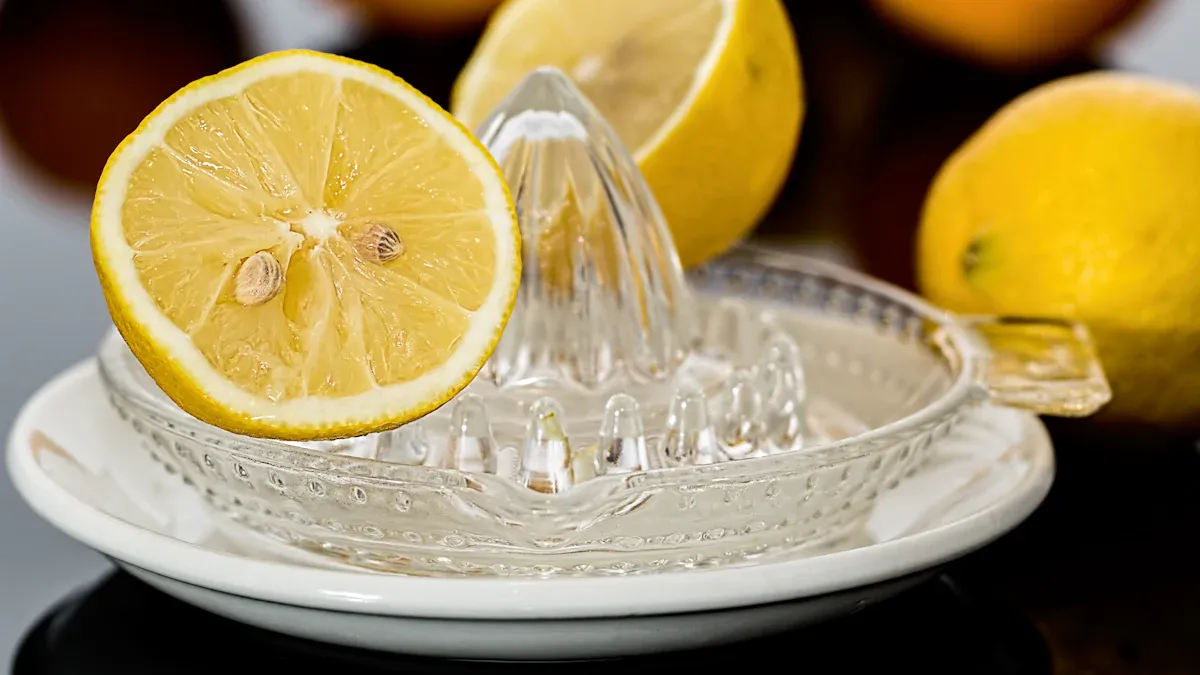
Investing in the right juicer can transform your health and daily routine. I’ve observed a growing shift toward fresh, homemade juices as people prioritize wellness. The juicer market is expanding at a compound annual growth rate of over 8%, driven by increased health awareness and demand for fiber-rich juices. This trend highlights the importance of affordability, making it easier for everyone to enjoy fresh juices without overspending. Choosing an affordable juicer not only saves money but also supports a healthier lifestyle, especially as urbanization and busy schedules shape modern living.
Key Takeaways
-
Buying a juicer can improve your health with fresh juices.
-
Think about what fruits or veggies you’ll juice and how often.
-
Pick a juicer that gets the most juice to save money.
-
Choose one with dishwasher-safe parts for easy cleaning every day.
-
Check the size and style to fit your kitchen and needs.
-
Read trusted reviews to learn how well different juicers work.
-
Look at warranties to keep your juicer working for a long time.
-
Spend smartly by choosing good-quality juicers that aren’t too pricey.
Identifying Your Juicing Needs
Choosing the right juicer starts with understanding your specific juicing needs. Not all juicers are created equal, and selecting the best one depends on what you plan to juice, how often you’ll use it, and your lifestyle. Let’s break this down further.
Types of Produce
Fruits vs. Vegetables
The type of produce you plan to juice plays a significant role in determining the best juicer for you. Fruits like oranges, apples, and mangoes are naturally juicy and require less effort to extract their liquid. On the other hand, vegetables such as carrots or beets are denser and need a juicer with higher power and efficiency.
Juicing fruits can be a great way to enjoy natural sweetness, while vegetables often provide a higher concentration of essential nutrients. For instance, carrot juice is rich in beta carotene, while spinach juice offers a boost of iron. If you’re looking to maximize your nutrient intake, a juicer that handles both fruits and vegetables efficiently is ideal.
Leafy Greens and Wheatgrass
Leafy greens and wheatgrass are nutrient powerhouses, but they can be challenging to juice. These require a juicer designed for high-fiber produce. Masticating juicers excel in this area, as they slowly extract juice while preserving nutrients. Research shows that consuming juices made from leafy greens can enhance antioxidant levels, which are crucial for overall health.
If you’re someone who prioritizes health benefits, investing in a juicer that handles leafy greens effectively is worth considering. It ensures you get the most out of nutrient-dense produce like kale, spinach, and wheatgrass.
Juicing Frequency
Daily Juicing
For those who juice daily, durability and efficiency are key. A high-quality juicer with a strong motor and easy-to-clean parts can save time and effort. Daily juicing often involves a variety of produce, so versatility is another important factor.
I’ve noticed that frequent juicers tend to prefer models with wide feed chutes, as they reduce prep time. This is especially helpful for busy mornings when every minute counts.
Occasional or Batch Juicing
If you juice occasionally or prefer to make large batches, your needs will differ. Batch juicing requires a juicer with a large pulp container and high juice yield. This allows you to prepare multiple servings at once without interruptions.
For occasional juicers, affordability might be a priority. A manual or centrifugal juicer could be a practical choice, as they are often more budget-friendly. However, keep in mind that these models may not handle all types of produce equally well.
Lifestyle Considerations
Time Commitment
Time is a critical factor when choosing a juicer. Busy professionals and parents often look for models that are quick to assemble, use, and clean. According to market data, 30% of American adults prefer quick juicing solutions due to limited time for meal prep.
If you fall into this category, consider a juicer with dishwasher-safe parts and minimal components. This can significantly reduce the time spent on cleaning and maintenance.
Storage and Portability
Your kitchen space and lifestyle also influence your choice. Compact juicers are ideal for small kitchens or those who need a portable option. Families with children, who often prioritize homemade juices to avoid added sugars, may require a larger, more robust model.
A juicer’s size and design should align with your storage capabilities and usage habits. For instance, if you travel frequently, a lightweight manual juicer might be the best fit. On the other hand, a countertop model with a sleek design could complement a modern kitchen setup.
Tip: Always assess your kitchen space and daily routine before purchasing a juicer. This ensures you choose a model that fits seamlessly into your lifestyle.
Key Features of the Best Juicer
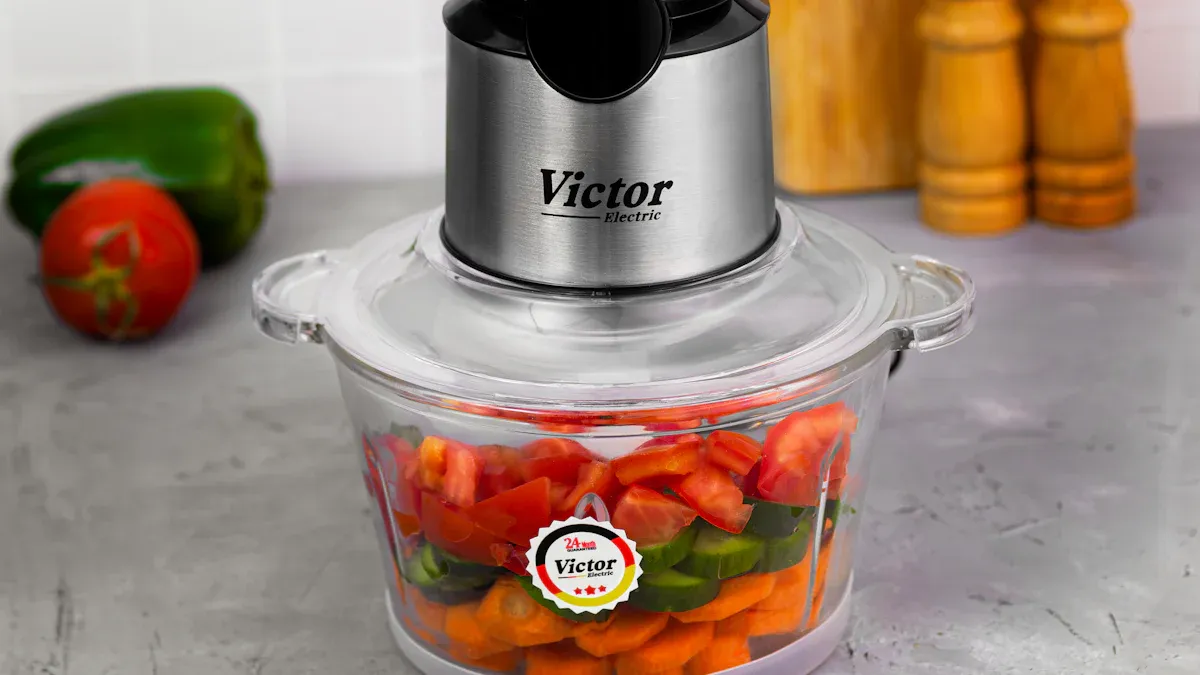
When selecting the best juicer, understanding its key features can make all the difference. These features determine how efficient, user-friendly, and suitable the juicer is for your needs. Let’s explore the most important aspects.
Juice Yield and Efficiency
High Juice Extraction
A juicer’s ability to extract the maximum amount of juice is crucial. High yield ensures you get the most out of your fruits and vegetables, reducing waste and saving money in the long run. For example, peeled pineapples can achieve a juice yield of 79.1% with an extraction efficiency of 96.9%. This means less produce is wasted, and you enjoy more juice per serving.
Juicers with high extraction rates are especially beneficial for expensive or seasonal produce. They allow you to stretch your budget while still enjoying fresh, nutrient-rich juice. I always recommend looking for models that excel in this area, as they provide the best value over time.
Dry Pulp Indicator
A dry pulp indicator is another feature that highlights a juicer’s efficiency. It shows how much juice has been extracted by examining the dryness of the leftover pulp. The drier the pulp, the more efficient the juicer. This feature is particularly useful for those who juice leafy greens or wheatgrass, as these require more effort to extract juice.
I’ve found that juicers with this feature often deliver consistent results, ensuring you get the most out of every ingredient. It’s a small detail that can make a big difference in your juicing experience.
Ease of Cleaning
Dishwasher-Safe Parts
Cleaning a juicer can be a daunting task, especially if you use it daily. Models with dishwasher-safe parts simplify this process, saving you time and effort. According to recent consumer reports, convenience features like dishwasher-safe components are highly valued by users.
I always advise checking if the juicer’s parts are labeled as dishwasher-safe. This feature not only makes cleaning easier but also ensures the longevity of the machine. It’s a must-have for anyone looking for an easy-to-clean juicer.
Simple Assembly
A juicer with simple assembly is another factor to consider. Complicated designs can discourage regular use, especially for beginners. Look for models with minimal components and clear instructions. This makes the setup process quick and hassle-free.
In my experience, juicers with straightforward designs are more user-friendly and encourage consistent use. They’re perfect for busy individuals who want to incorporate juicing into their daily routine without added stress.
Feed Chute Size
Wide Chutes for Less Prep
Wide feed chutes are a game-changer for those who value convenience. They allow you to juice whole fruits and vegetables without the need for extensive chopping. This feature significantly reduces prep time, making it ideal for busy mornings.
For example, a juicer with a 3-inch-wide chute can accommodate whole apples or oranges, saving you the effort of cutting them into smaller pieces. It’s a practical choice for anyone looking to streamline their juicing process.
Compact Chutes for Small Spaces
On the other hand, compact chutes are better suited for smaller kitchens or those with limited counter space. These models are often more portable and easier to store. While they may require more prep work, their space-saving design makes them a great option for those with minimal kitchen space.
I’ve noticed that compact juicers are popular among students and individuals living in apartments. They offer the perfect balance of functionality and portability, making them a versatile choice.
Note: Whether you choose a wide or compact chute, ensure it aligns with your lifestyle and kitchen setup. This small detail can greatly impact your overall juicing experience.
Additional Features
Noise Levels
One of the most overlooked aspects of choosing a juicer is its noise level. I’ve found that quieter models are essential, especially for early mornings or shared living spaces. High-speed centrifugal juicers tend to be noisier due to their rapid spinning blades. In contrast, masticating juicers operate at a slower speed, making them significantly quieter.
If you’re like me and value a peaceful environment, consider a juicer with noise-reduction technology. Some models even advertise decibel ratings, which can help you compare options. For example, a juicer operating at 60 decibels is roughly as loud as a normal conversation, while others may exceed 80 decibels, similar to a vacuum cleaner.
Tip: Always check user reviews for real-world feedback on noise levels. Manufacturers often understate noise in their specifications.
Multi-Functionality
A juicer that offers more than just juicing can provide excellent value for its price. Many modern models come with additional features, such as the ability to make nut milk, sorbets, or even baby food. I’ve noticed that these multi-functional juicers are particularly popular among families and health enthusiasts.
For instance, some masticating juicers include attachments for grinding coffee beans or extruding pasta. This versatility not only saves counter space but also reduces the need for multiple kitchen appliances. However, it’s crucial to ensure that these added functions don’t compromise the juicer’s primary purpose—delivering high yield and quality juice.
When evaluating multi-functional juicers, I recommend focusing on ease of use and whether the additional features align with your lifestyle. A model that’s easy to clean and offers consistent juice yield will always be the best choice, even if it lacks some extra functions.
Note: Multi-functional juicers often come with more components. Ensure these parts are dishwasher-safe to make cleaning hassle-free.
Budgeting for the Best Value Juicer
Budgeting for the best juicer involves balancing cost and quality, evaluating warranty and support, and considering long-term savings. These factors ensure you get the best value juicer without compromising performance or durability.
Balancing Cost and Quality
Avoiding Overpriced Models
Overpriced juicers often promise premium features but fail to deliver proportional value. I’ve seen models that charge a high price for aesthetics or brand prestige, while their performance remains average. Avoiding these models requires focusing on functionality and efficiency rather than flashy designs. For example, high-end juicers like the Angel Juicer offer exceptional juice quality but may not justify their price for casual users.
Mid-Range Options
Mid-range juicers strike the perfect balance between affordability and quality. Models like the Hurom H70-ST and Kuvings AUTO8 provide excellent juice yield and user-friendly features at a reasonable price. I’ve found that mid-range options often include features like compact designs and self-feeding functions, making them ideal for daily use.
|
Juicer Model |
Price Range |
Quality Attributes |
|---|---|---|
|
Hurom H70-ST |
Mid-range |
Very good value for money, compact design |
|
Kuvings AUTO8 |
Mid-range |
Impressive self-feeding function |
|
Hurom H-AA |
Mid-range |
Good juice yield, attractive price-performance ratio |
|
Sana Supreme |
Mid-range |
Excellent juice yield, easy cleaning |
Mid-range juicers deliver consistent performance without breaking the bank. They’re the best choice for anyone seeking an affordable juicer with reliable features.
Warranty and Support
Reliable Warranty Coverage
Warranty coverage is crucial for protecting your investment. I always recommend choosing juicers with clear and standardized warranty policies. Manufacturers like Greenstar and Hurom provide warranties that cover repairs and replacements efficiently. Reliable coverage ensures peace of mind and reduces unexpected costs.
Replacement Parts Availability
Replacement parts availability is another key factor. Juicers with easily accessible parts simplify maintenance and extend their lifespan. Brands that collaborate with repair centers and offer streamlined claim processes stand out in customer satisfaction surveys. For example, Greenstar Pro prioritizes quick replacements, ensuring minimal downtime for users.
|
Strategy |
Description |
|---|---|
|
Clear Communication |
Display warranty information and concise product descriptions. |
|
Efficient Customer Support |
Provide dedicated support channels and equip staff with knowledge of warranty policies. |
|
Replacement and Repair Options |
Prioritize quick replacements and collaborate with repair centers for efficient service. |
Choosing a juicer with strong warranty and support ensures long-term reliability and reduces the hassle of repairs.
Long-Term Savings
Energy Efficiency
Energy-efficient juicers save money on utility bills and reduce environmental impact. These models use advanced technology to minimize energy consumption, resulting in lower operational costs. I’ve noticed that energy-efficient appliances can save up to 20% on annual utility bills, providing substantial financial relief over time.
-
Energy-efficient kitchen appliances can save an average of 20% on utility bills annually.
-
These savings accumulate over the lifespan of the appliances, providing substantial financial relief.
-
Investing in energy-efficient models leads to lower operational costs compared to conventional models, resulting in better long-term returns on investment.
Durability
Durability is equally important for long-term savings. Juicers built with high-quality materials last longer and require fewer repairs. Energy-efficient models often feature designs that reduce wear and tear, enhancing their lifespan. Consumer reports frequently praise brands prioritizing durability for their reliability and performance.
-
Energy-efficient appliances are often associated with greater durability and performance due to advanced technology designs.
-
These appliances use materials and engineering that reduce wear and tear, leading to a longer lifespan.
Investing in a durable, energy-efficient juicer ensures you save money while enjoying consistent performance for years.
Types of Affordable Juicers

Choosing the right type of juicer depends on your needs, preferences, and budget. Let me walk you through the three main types of affordable juicers: centrifugal, masticating, and manual. Each has its own strengths and weaknesses, so understanding these can help you make an informed decision.
Centrifugal Juicers
Overview and Benefits
Centrifugal juicers are among the most popular and widely used options. They work by spinning blades at high speeds to extract juice from produce. These juicers are ideal for those who want quick results and are perfect for high-fiber fruits and vegetables like carrots and apples.
One of the biggest advantages of centrifugal juicers is their speed. They are the fastest juicing method available, making them a great choice for busy mornings. Their wide feed chutes also reduce prep time, as you can juice whole fruits and vegetables without chopping. Additionally, these juicers are generally more affordable, with prices ranging from $40 to $200, making them accessible to most households.
Drawbacks
However, centrifugal juicers have some limitations. They tend to produce lower juice yields compared to other types, which can lead to more waste. The high-speed operation generates heat and oxidation, resulting in nutrient loss and shorter shelf life for the juice. They are also less effective for leafy greens and wheatgrass, which may not yield much juice.
Noise levels can be another drawback. These juicers are louder than their masticating counterparts, which might not be ideal for early mornings or shared living spaces. Cleaning can also be time-consuming due to their larger parts and complex designs.
Tip: If you prioritize speed and affordability over nutrient retention, a centrifugal juicer might be the best fit for you.
Masticating Juicers
Overview and Benefits
Masticating juicers, also known as slow juicers, operate at a slower speed to crush and press produce. This method preserves more nutrients and enzymes, making them a better choice for health-conscious individuals. They excel at juicing leafy greens, wheatgrass, and other fibrous produce, delivering a high yield with minimal waste.
Studies show that masticating juicers retain up to 91% of enzyme activity, compared to only 54% in centrifugal models. This makes them ideal for those who want fresh-pressed juice with maximum nutritional value. While they are slower, the quality of juice they produce is unmatched.
Drawbacks
The main downside of masticating juicers is their price. They are typically more expensive than centrifugal models, which might not suit every budget. Their slower operation can also be a drawback for those who need quick results.
Additionally, these juicers often have more components, making them slightly more challenging to clean and assemble. However, their durability and nutrient retention often outweigh these minor inconveniences.
Note: If you value nutrient retention and are willing to invest a bit more, a masticating juicer offers excellent value in the long run.
Manual Juicers
Overview and Benefits
Manual juicers are a simple and cost-effective option for those who juice occasionally. They require no electricity, making them portable and eco-friendly. These juicers are particularly effective for citrus fruits and can even handle small amounts of leafy greens.
Users often praise manual juicers for their sturdy construction and quiet operation. They are also easy to clean, as they have fewer parts compared to electric models. With an average rating of 4.3 out of 5 stars, they are a reliable choice for those seeking an affordable and straightforward juicing solution.
Drawbacks
Despite their benefits, manual juicers have some limitations. They require physical effort, which might not be suitable for everyone. Their heavy-duty construction can make them difficult to move or store. Additionally, they are not as versatile as electric juicers and may struggle with harder produce like carrots or beets.
Safety concerns have also been noted, particularly with the heavy lever mechanism. Proper handling is essential to avoid accidents.
Tip: A manual juicer is perfect for those who want a portable, affordable option for occasional juicing. However, it may not be the best choice for frequent or large-scale juicing needs.
Specialized Juicers
Citrus Juicers
Citrus juicers are the go-to option for anyone who loves fresh orange juice in the morning or enjoys squeezing lemons for recipes. These juicers are specifically designed to extract juice from citrus fruits like oranges, lemons, limes, and grapefruits. Their simplicity and efficiency make them a staple in many kitchens.
I’ve found that citrus juicers come in two main types: manual and electric. Manual citrus juicers are compact, affordable, and easy to use. They require a bit of elbow grease but are perfect for occasional use. Electric models, on the other hand, offer more convenience. They automate the juicing process, making them ideal for those who juice frequently or in larger quantities.
One of the biggest advantages of citrus juicers is their affordability. They are often priced lower than other types of juicers, making them accessible to a wide range of consumers. Their ease of use and minimal cleanup also contribute to their popularity. However, they are limited to citrus fruits and cannot handle other types of produce.
Tip: If you primarily juice citrus fruits and want a quick, hassle-free solution, a citrus juicer is your best bet. Look for models with a pulp control feature to customize the texture of your juice.
Twin-Gear Juicers
Twin-gear juicers, also known as triturating juicers, are the powerhouse of the juicing world. These machines use two interlocking gears to crush and press produce, extracting juice with exceptional efficiency. They are renowned for their ability to retain nutrients and enzymes, making them a favorite among health-conscious individuals.
I’ve noticed that twin-gear juicers excel at handling a wide variety of produce, from hard vegetables like carrots to leafy greens and wheatgrass. Their high juice yield and nutrient retention make them ideal for those who prioritize fresh-pressed juice with maximum health benefits. These juicers are also versatile, often doubling as food processors for tasks like grinding nuts or making baby food.
However, twin-gear juicers come with a higher price tag. Their complex design and multiple components can also make them more challenging to clean and assemble. Despite these drawbacks, their durability and performance make them a worthwhile investment for serious juicers or even small businesses.
The market for masticating juicers, which includes twin-gear models, continues to grow as more consumers seek nutrient-rich juice. These juicers are particularly appealing for their ability to deliver high-quality juice with minimal waste. While they may not suit every budget, their long-term benefits often outweigh the initial cost.
Note: If you’re committed to juicing as part of a healthy lifestyle and are willing to invest in a premium product, a twin-gear juicer offers unparalleled performance and versatility.
Tips for Choosing the Best Juicer
Comparing Models
Trusted Brands
When selecting the best juicer, I always recommend starting with trusted brands. Companies like Breville, Omega, and Hamilton Beach have built strong reputations for delivering reliable and high-performing juicers. For instance, Breville’s Juice Fountain Plus is known for its wide feed chute and dishwasher-safe parts, making it a time-efficient choice. Omega’s J8006HDS Slow Masticating Juicer, on the other hand, excels in nutrient retention with its low-speed operation.
Brands with a history of quality products often provide better customer support and warranty coverage. This ensures peace of mind and long-term satisfaction. I’ve found that sticking to well-known names reduces the risk of purchasing a subpar product.
Feature Comparisons
Comparing features is essential to finding the best value juicer for your needs. Some models prioritize speed, while others focus on nutrient retention or ease of cleaning. For example, the JE605 electric hand press offers a powerful 600W motor and dual cone sizes, making it versatile for various citrus fruits. Meanwhile, the JE416 citrus press boasts a large 1600ml capacity, ideal for batch juicing.
Here’s a quick comparison of popular models:
|
Model |
Type |
Power |
Capacity |
Features |
|---|---|---|---|---|
|
JE605 |
Electric Hand Press |
600W |
N/A |
Dual cone sizes, adjustable filter |
|
JE416 |
Citrus Press |
N/A |
1600ml |
Lightweight, large capacity |
|
JE304 |
Orange Squeezer |
300W |
400ml |
Compact, straightforward operation |
|
JE407 |
Electric Citrus Press |
40W |
700ml |
Simple design, space-saving |
Each model has unique strengths. Choosing the right one depends on your priorities, whether it’s power, capacity, or ease of use.
Reading Reviews
Reliable Sources
Reading reviews from reliable sources can provide valuable insights into a juicer’s performance and durability. Websites like Consumer Reports and Wirecutter often conduct in-depth testing, offering unbiased evaluations. I also recommend checking reviews on retailer websites like Amazon, where verified buyers share their experiences.
Expert-led webinars, such as the one hosted by Dr. Michael Donaldson, can also be incredibly informative. These sessions often compare multiple juicers, focusing on juice yield, quality, and ease of use. Attending such events can help you make a well-informed decision.
Common Complaints
Understanding common complaints can save you from potential frustrations. Many users highlight issues like noise levels, difficulty cleaning, or poor juice yield. For example, centrifugal juicers often receive criticism for being noisy and less effective with leafy greens.
I’ve noticed that models with dishwasher-safe parts and fewer components tend to receive fewer complaints. Simplified designs not only enhance user experience but also promote better hygiene by reducing cleaning time.
Design Considerations
Kitchen Style Compatibility
A juicer should complement your kitchen’s style and layout. Sleek, modern designs like the Ninja BN701 Professional Plus Blender blend seamlessly into contemporary kitchens. On the other hand, compact models like the JE304 orange squeezer are perfect for minimalist spaces.
I always advise considering the color, material, and overall aesthetic of the juicer. A well-matched appliance can enhance your kitchen’s visual appeal while serving its functional purpose.
Compact vs. Bulky Designs
Space is a critical factor when choosing a juicer. Compact designs are ideal for small kitchens or those with limited counter space. For instance, the JE407 electric citrus press offers a space-saving design without compromising functionality.
Bulky models, while less portable, often come with additional features and larger capacities. These are better suited for families or individuals who juice frequently. I recommend assessing your storage space and usage habits before deciding.
Tip: Always measure your counter space and storage areas to ensure the juicer fits comfortably. This small step can save you from future inconvenience.
Choosing the right juicer requires careful consideration of your needs, features, and budget. I’ve seen how prioritizing compact designs benefits 45% of consumers with small kitchens, while promotional pricing influences 60% of purchases during holiday sales. Balancing cost and quality ensures long-term satisfaction, as 73% of budget users expect replacements within five years.
|
Evidence Type |
Statistic/Insight |
|---|---|
|
Budget Consumer Priorities |
|
|
Promotional Pricing Influence |
60% of budget purchases occur during holiday sales events. |
|
Longevity Expectation |
73% of budget users consider replacement within five years. |
|
Environmental Considerations |
28% of premium purchases influenced by environmental factors. |
|
Retail Channel Preferences |
65% of budget models sold through mass-market retailers like Walmart and Amazon. |
Affordable juicers improve health and lifestyle by making fresh, natural juices accessible. Advancements in technology have enhanced efficiency, aligning with the growing demand for homemade juices over processed drinks. I encourage readers to research and compare options to find a juicer that fits their lifestyle and budget. A good juicer doesn’t just save money—it transforms daily routines and supports wellness goals.
FAQ
What is the best overall juicer for 2025?
The best overall juicer for 2025 combines high juice yield, ease of cleaning, and durability. I recommend models like the Omega J8006HDS or Breville Juice Fountain Plus. These options balance performance and affordability, making them ideal for most users.
Which juicer is best for beginners?
For beginners, I suggest starting with a centrifugal juicer. Models like the Hamilton Beach Big Mouth Pro are user-friendly, affordable, and efficient. They simplify the juicing process, making it easy to enjoy fresh juice without a steep learning curve.
How do I make pulp-free juice?
To make pulp-free juice, choose a juicer with a fine mesh filter or adjustable pulp control. Masticating juicers often excel at this. Straining the juice through a sieve after juicing can also help remove any remaining pulp.
Are manual juicers worth it?
Manual juicers are worth it if you juice occasionally or prefer citrus fruits. They are affordable, portable, and easy to clean. However, they may not handle harder produce like carrots or large quantities efficiently.
How often should I clean my juicer?
I recommend cleaning your juicer after every use. This prevents residue buildup and ensures optimal performance. Models with dishwasher-safe parts make cleaning quicker and easier.
Can I juice leafy greens with a centrifugal juicer?
Centrifugal juicers can juice leafy greens, but they may not extract as much juice as masticating models. For better results, roll the greens into tight bundles before juicing.
What is the lifespan of a juicer?
The lifespan of a juicer depends on its build quality and usage. High-quality models can last 5-10 years with proper care. Regular cleaning and maintenance extend their durability.
Is a warranty important when buying a juicer?
Yes, a warranty is crucial. It protects your investment and ensures support for repairs or replacements. Look for models with at least a one-year warranty for peace of mind.



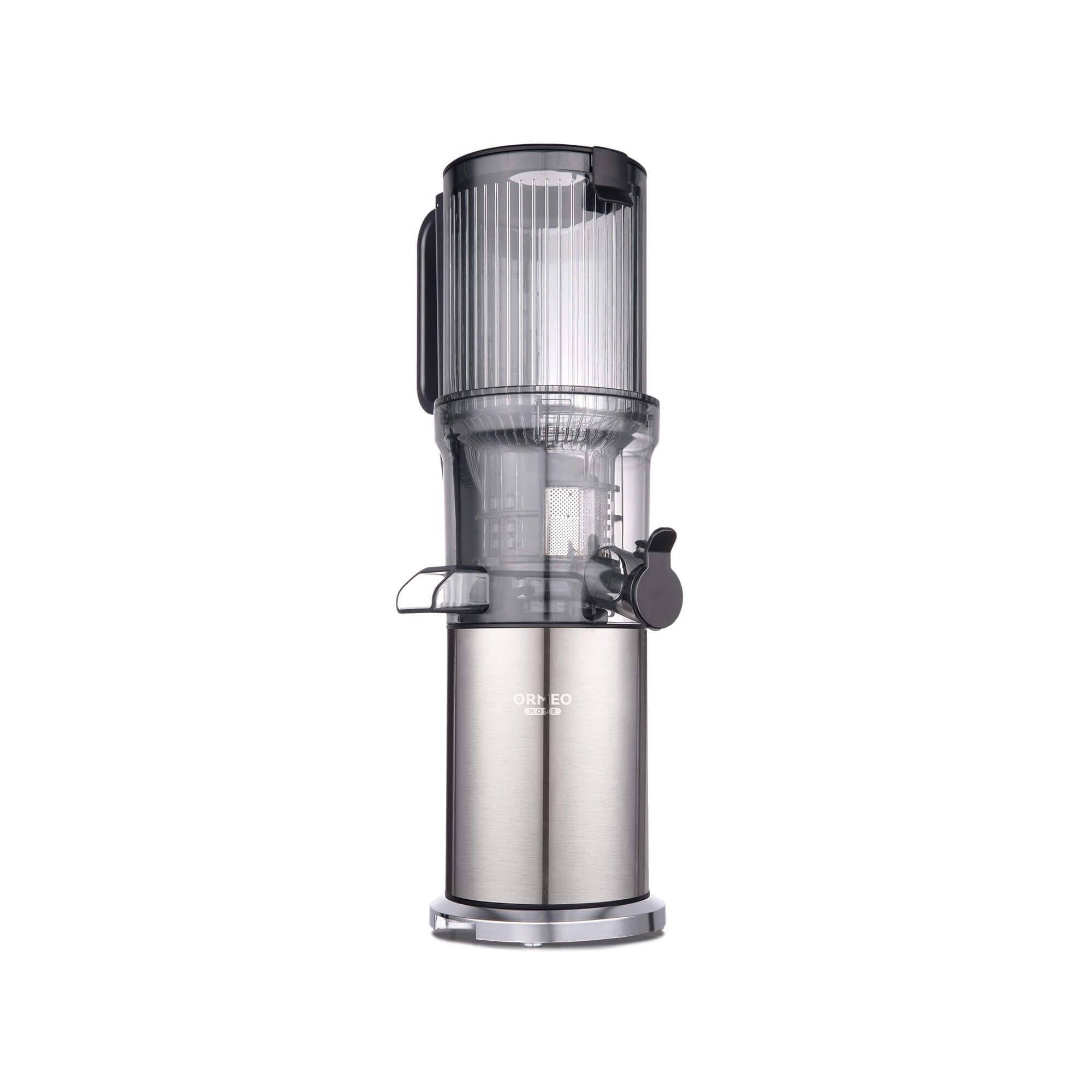
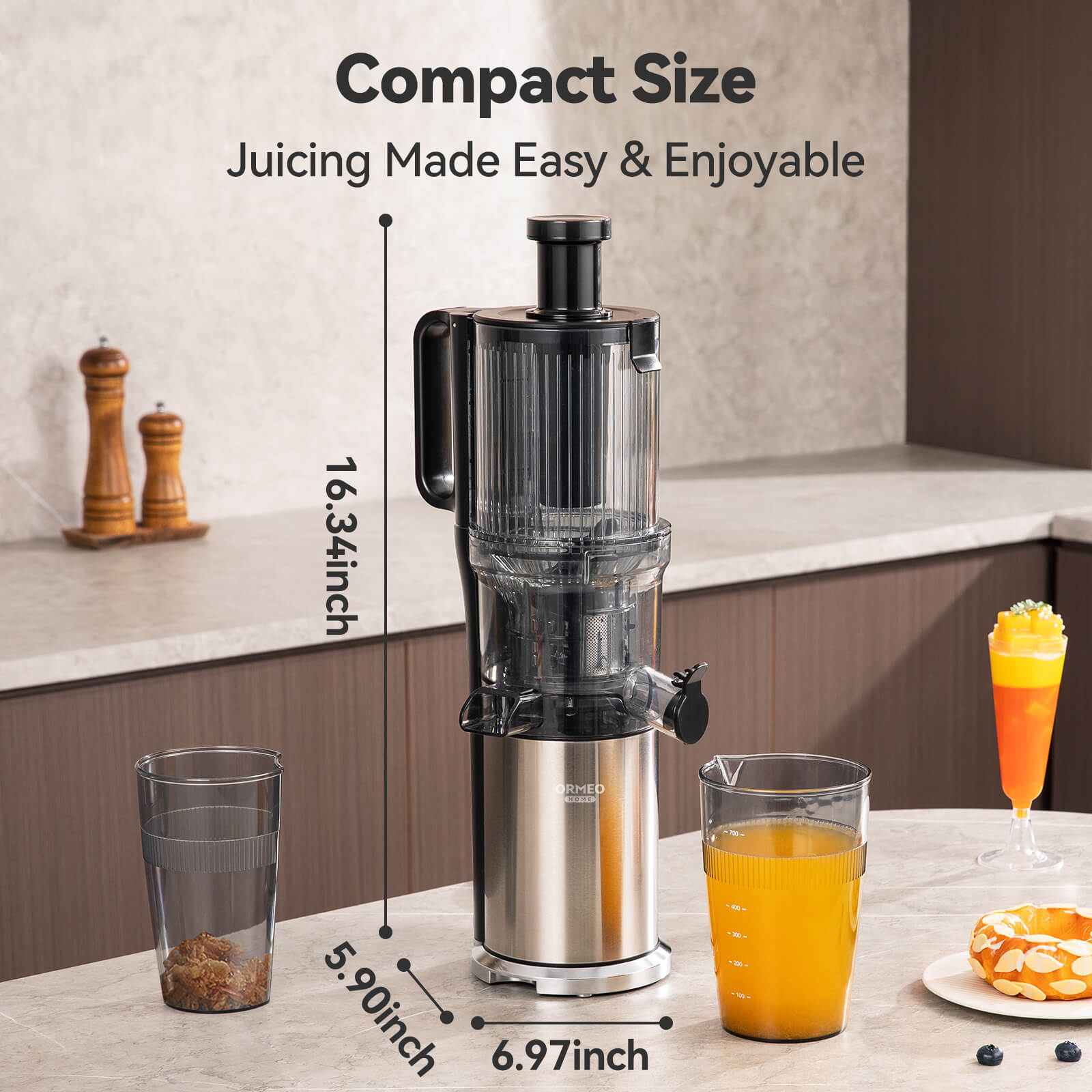
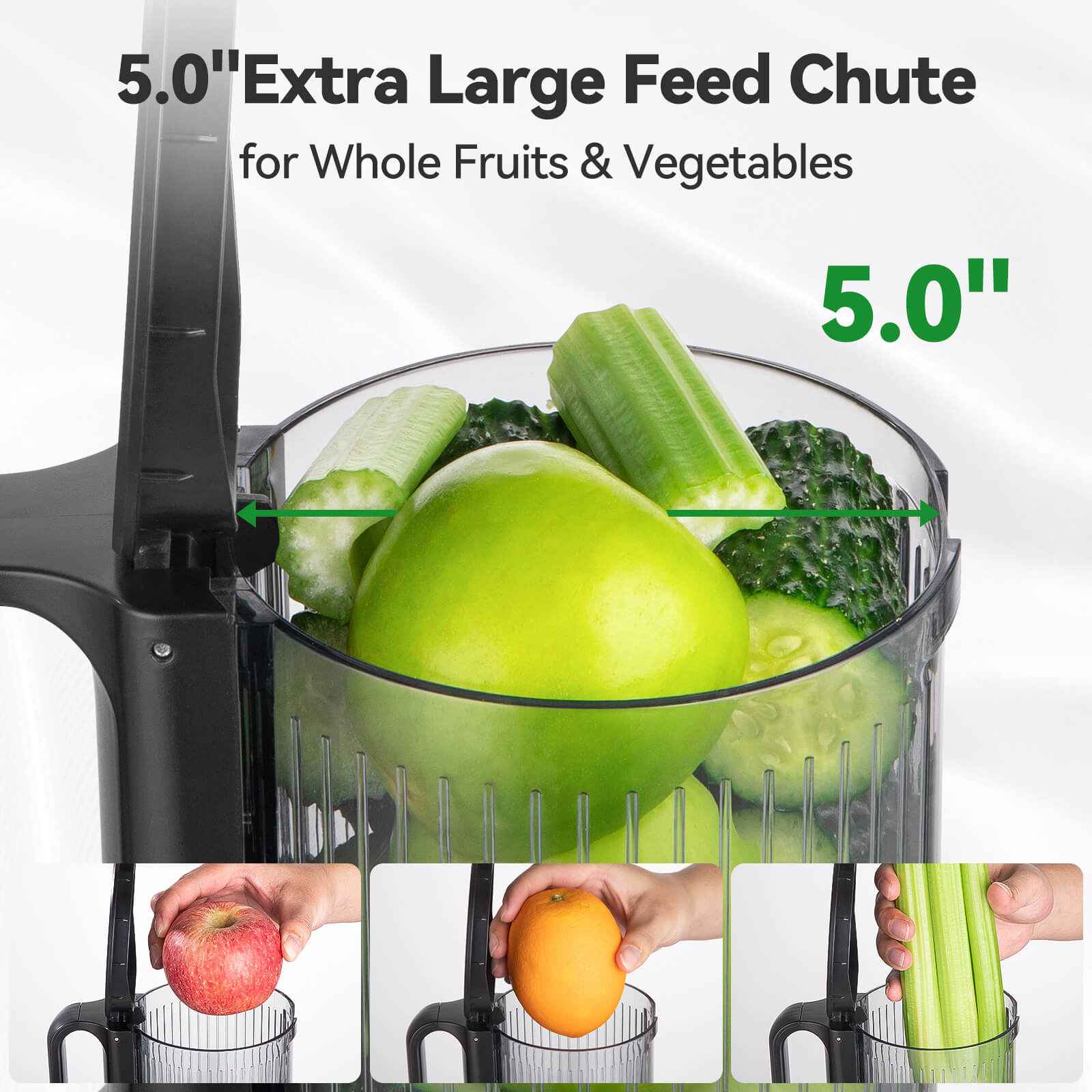
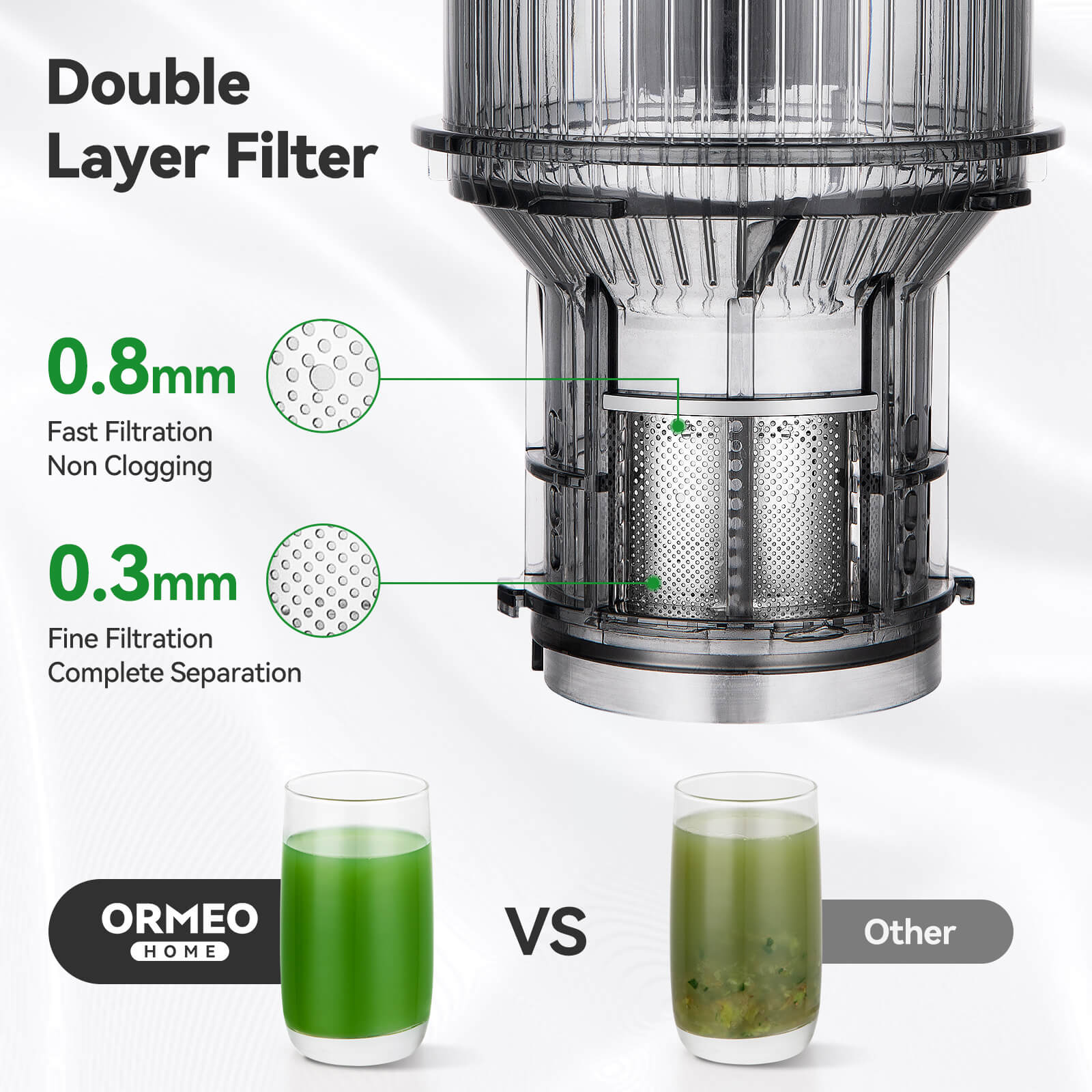
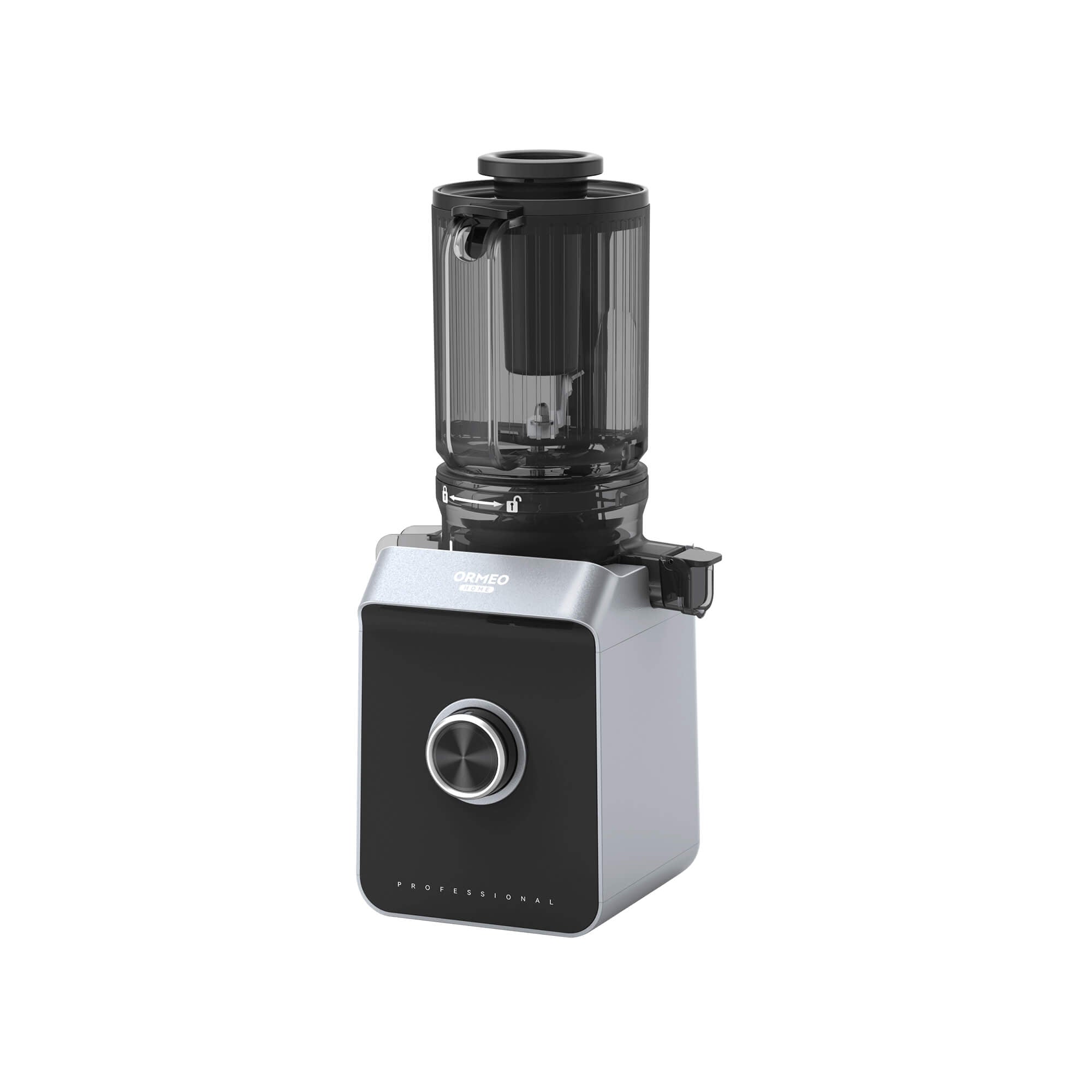
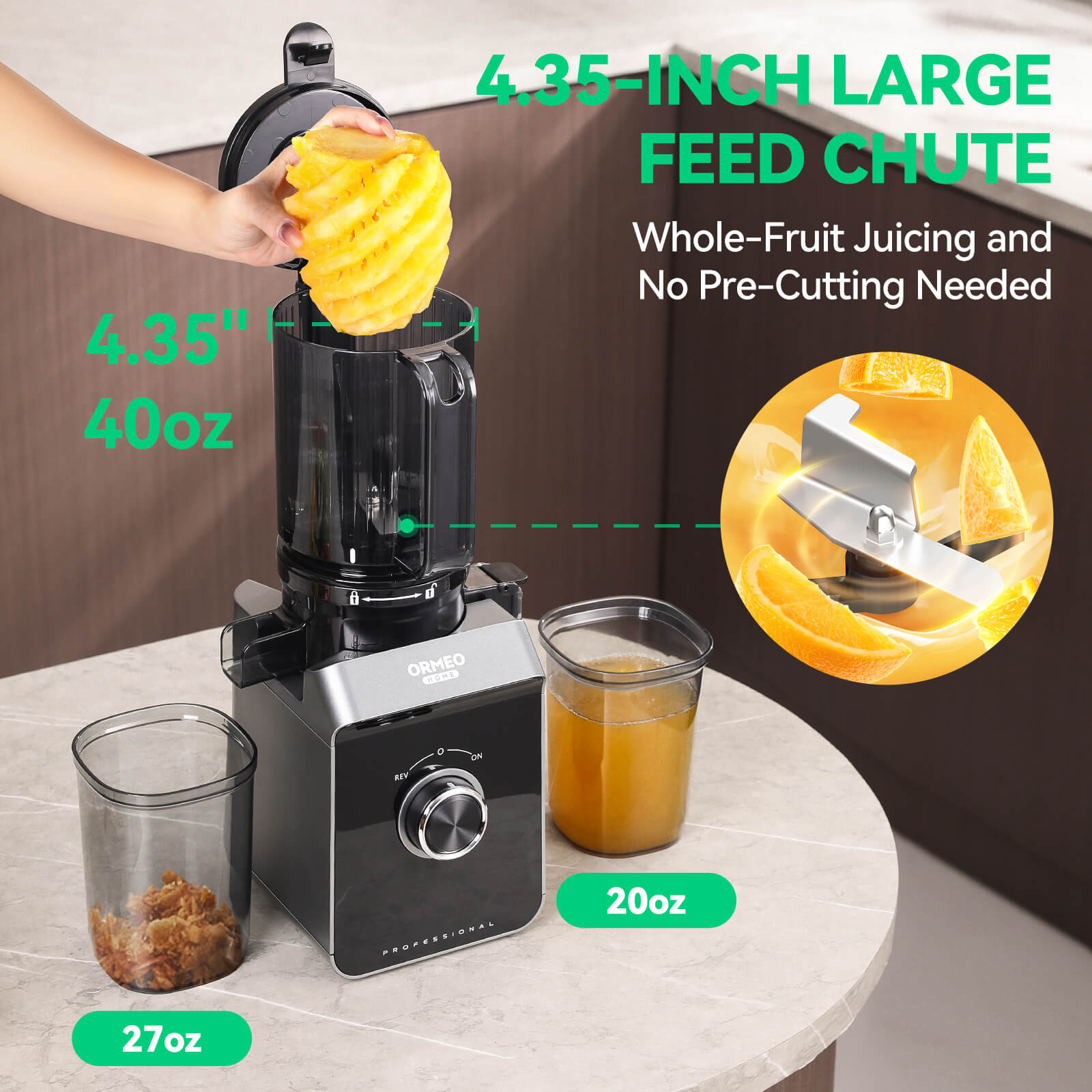

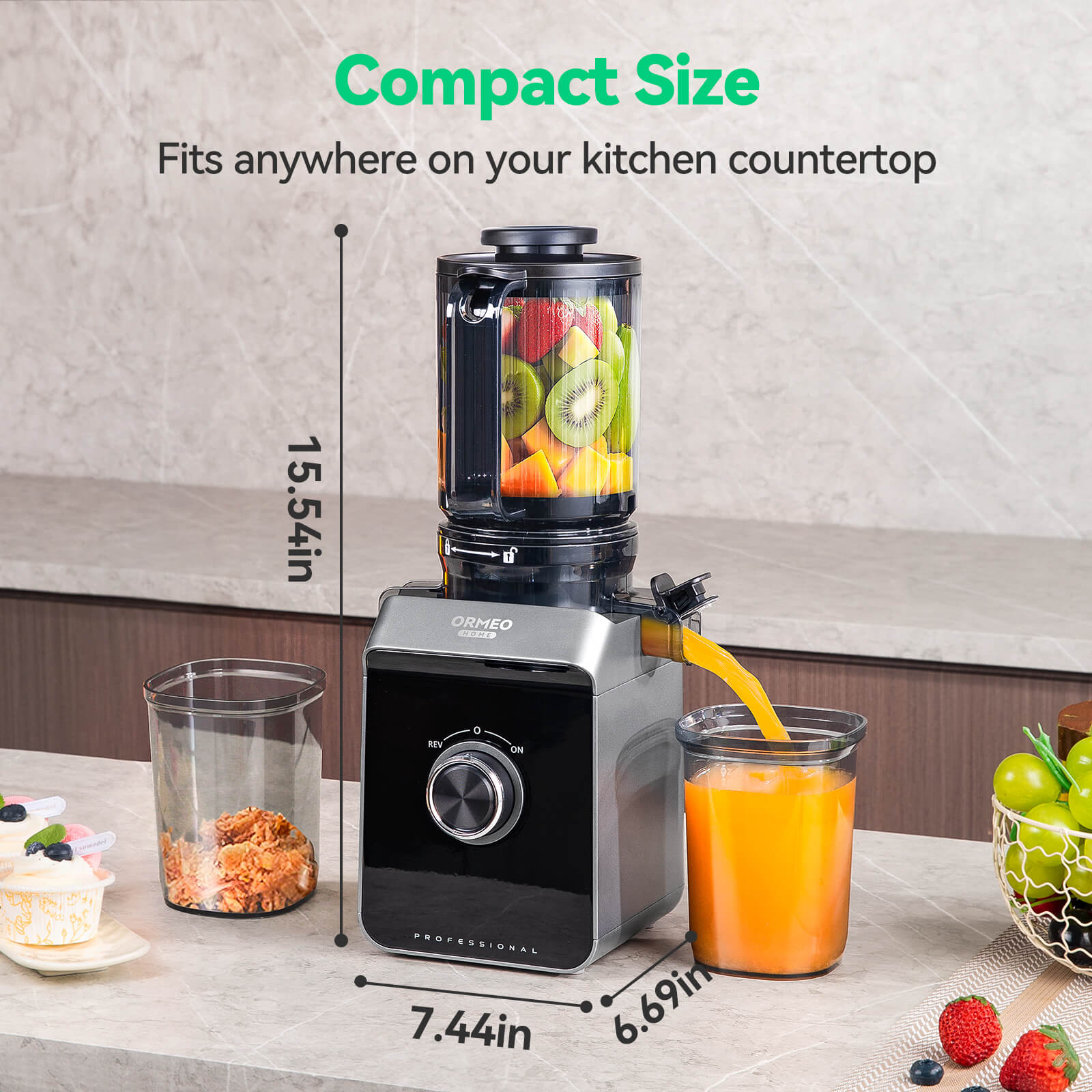
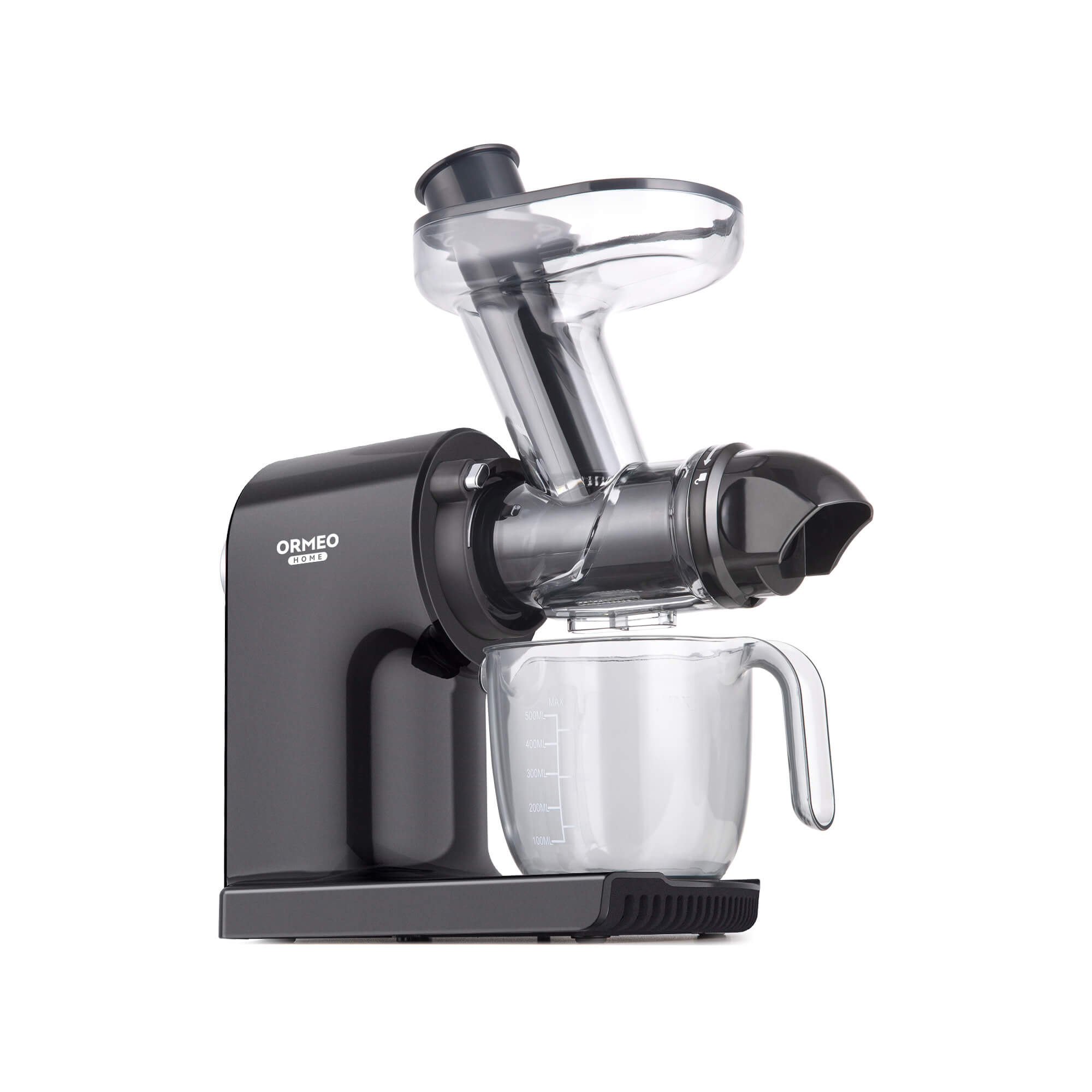
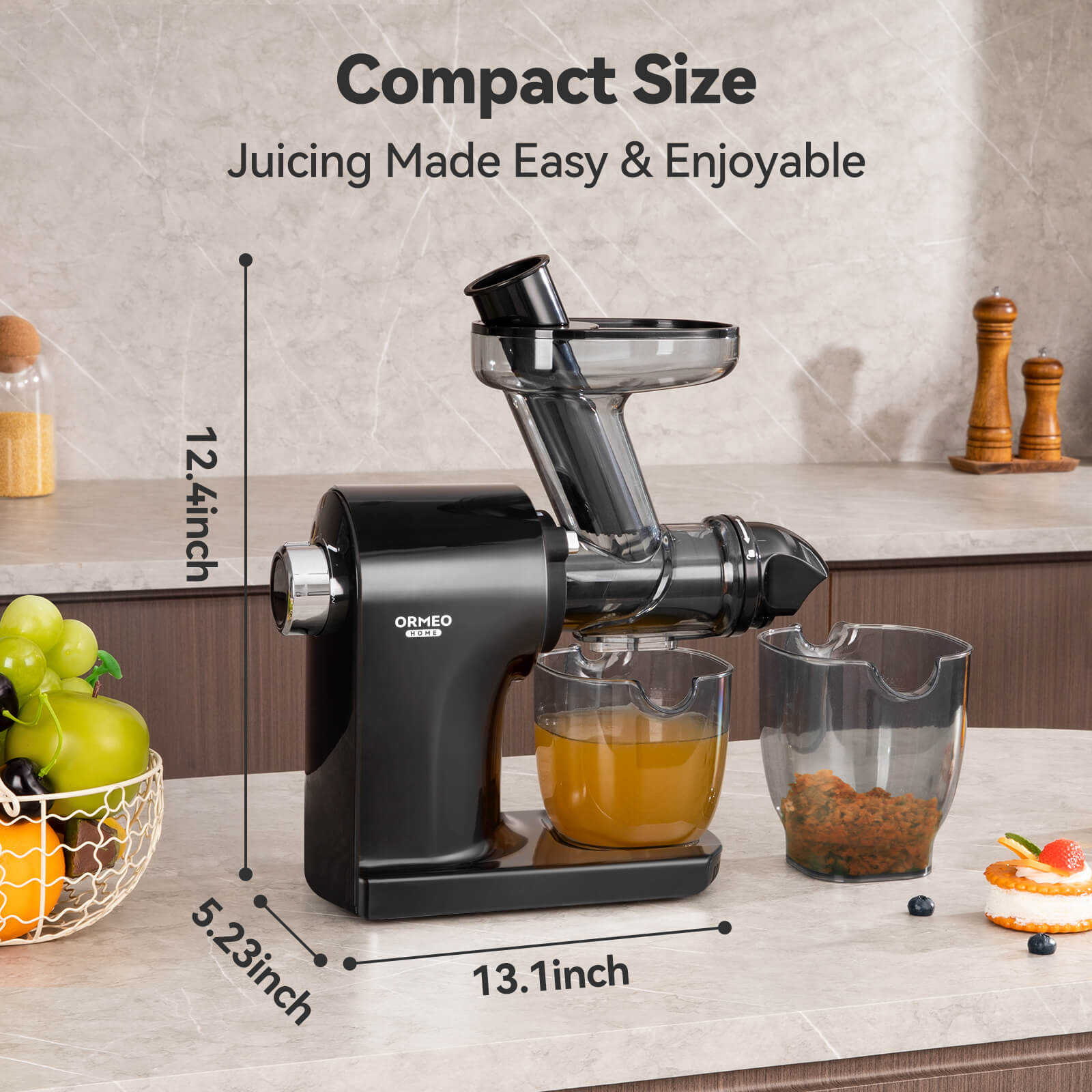
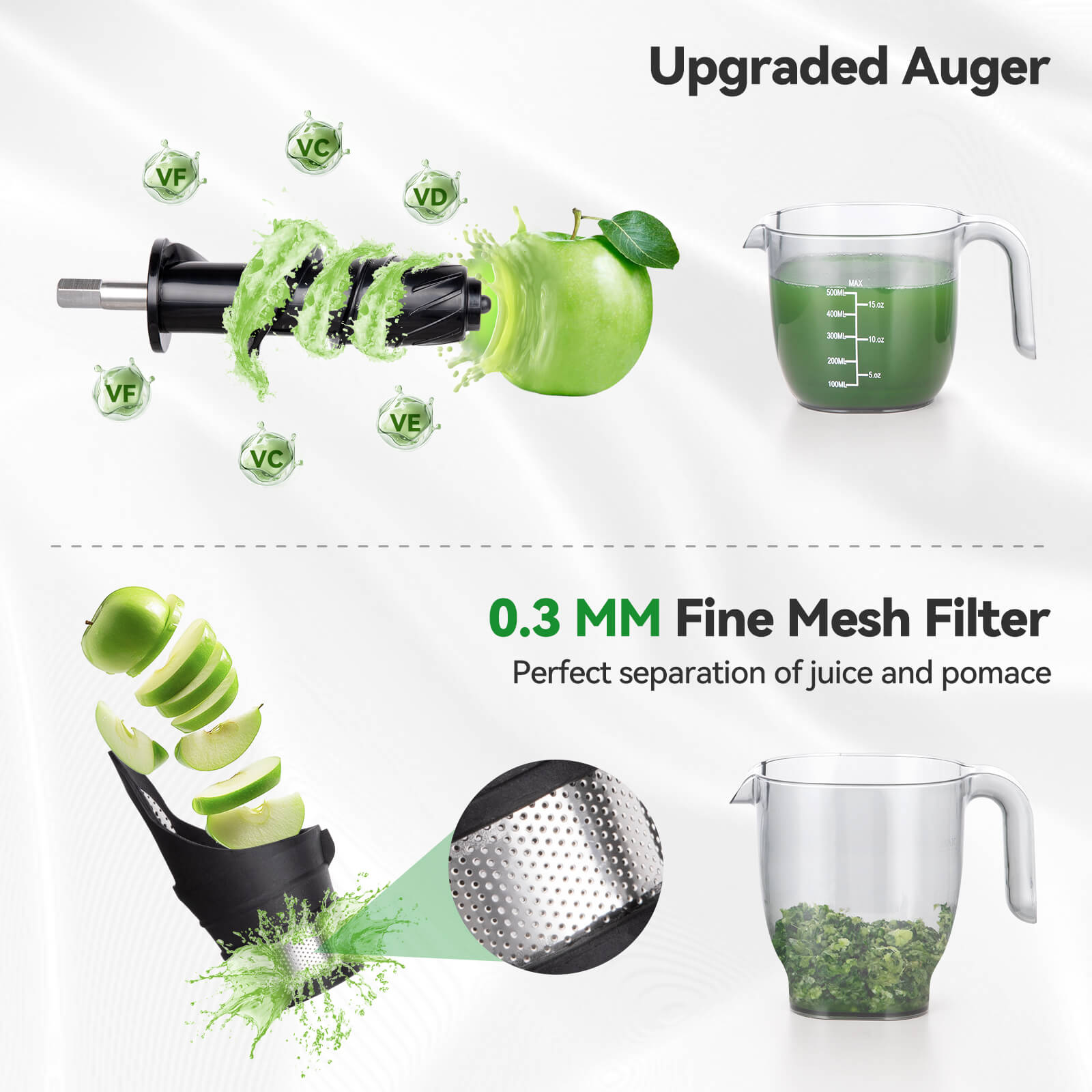
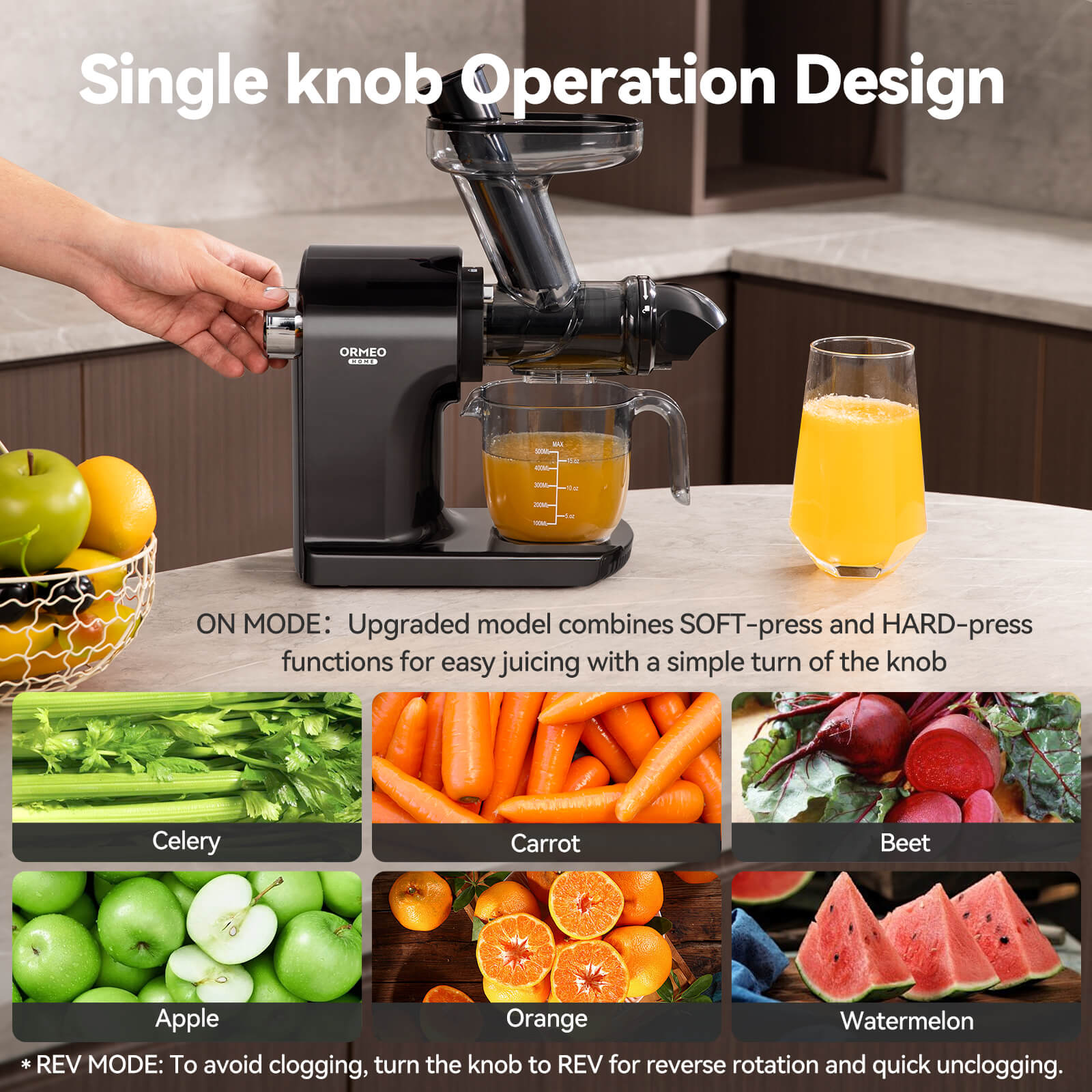
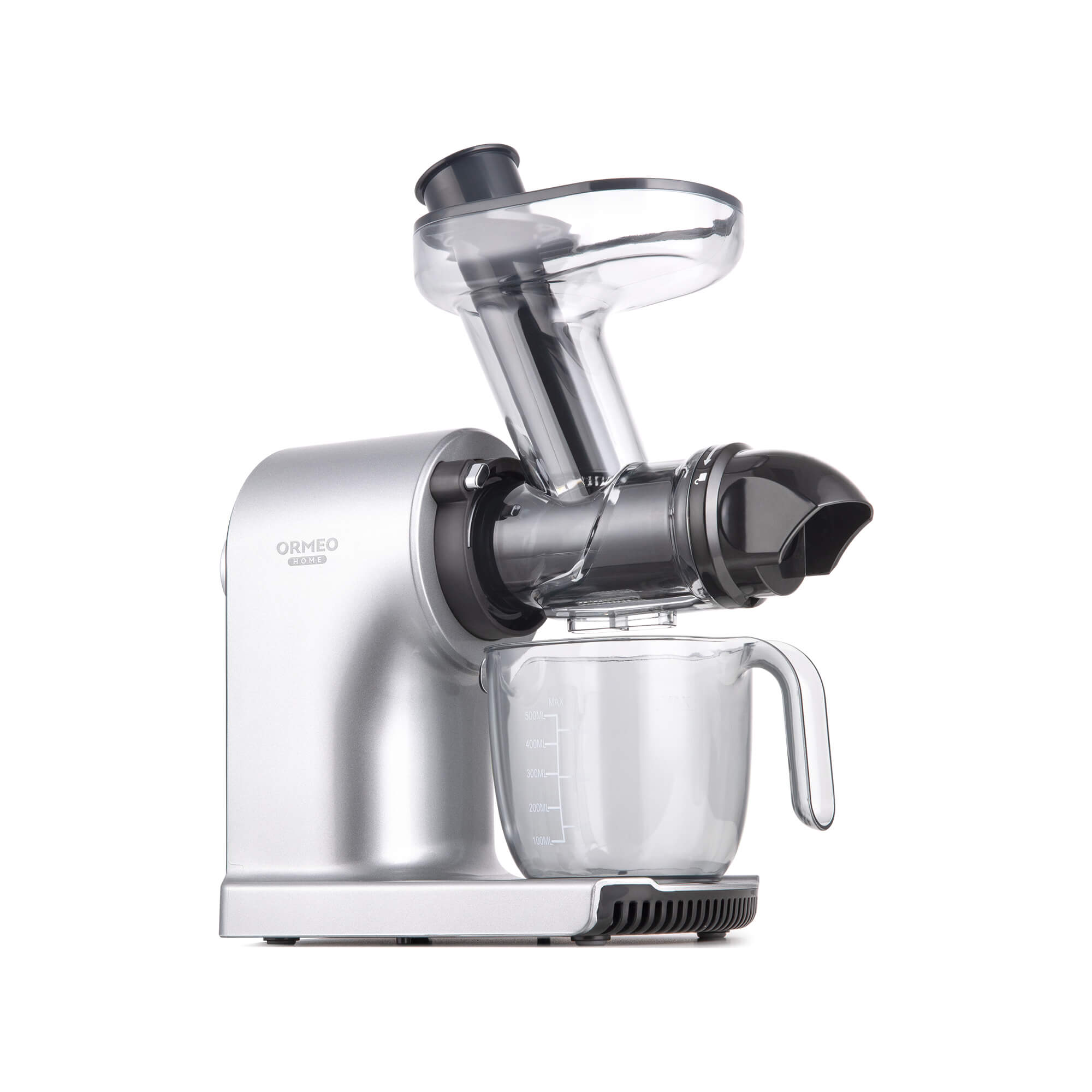
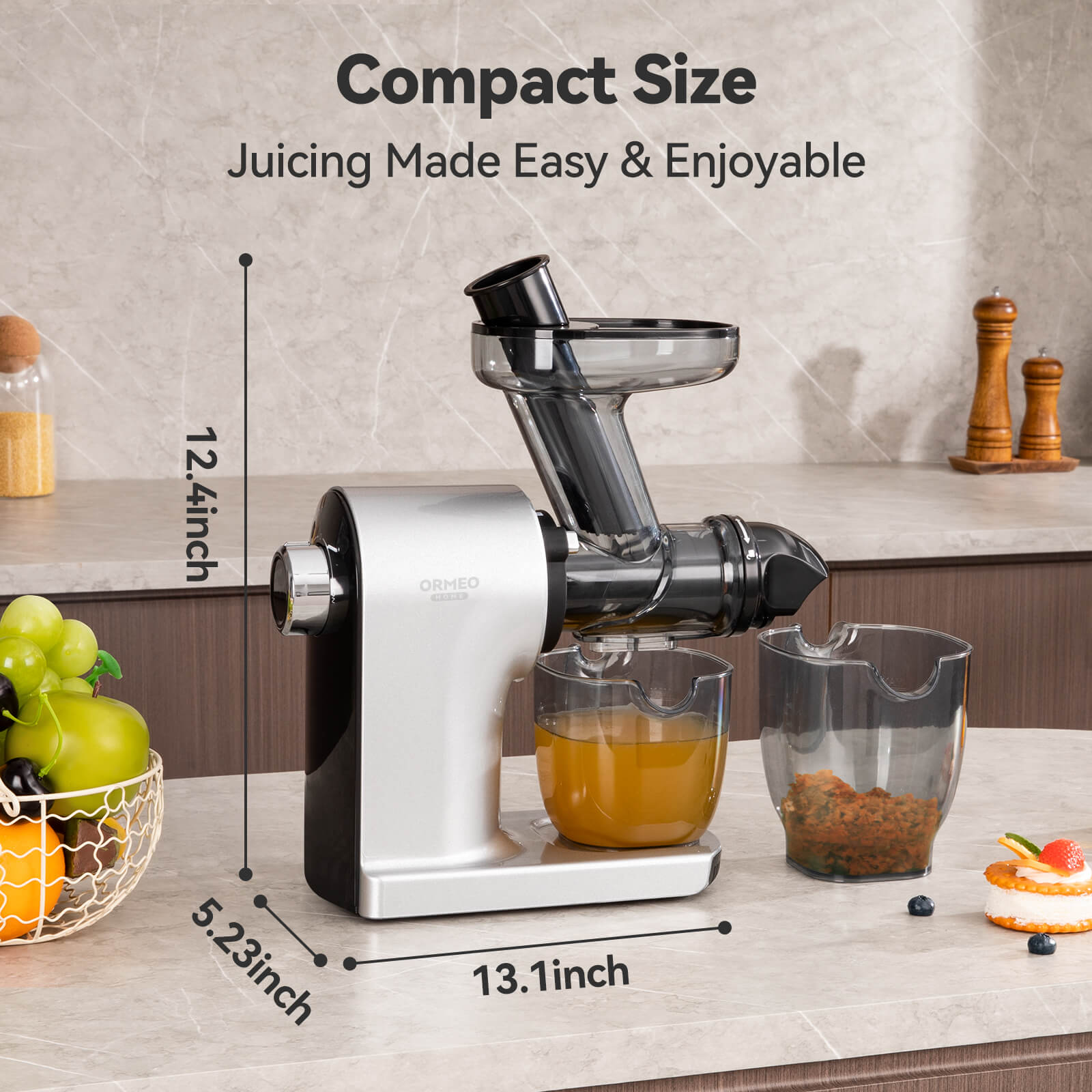
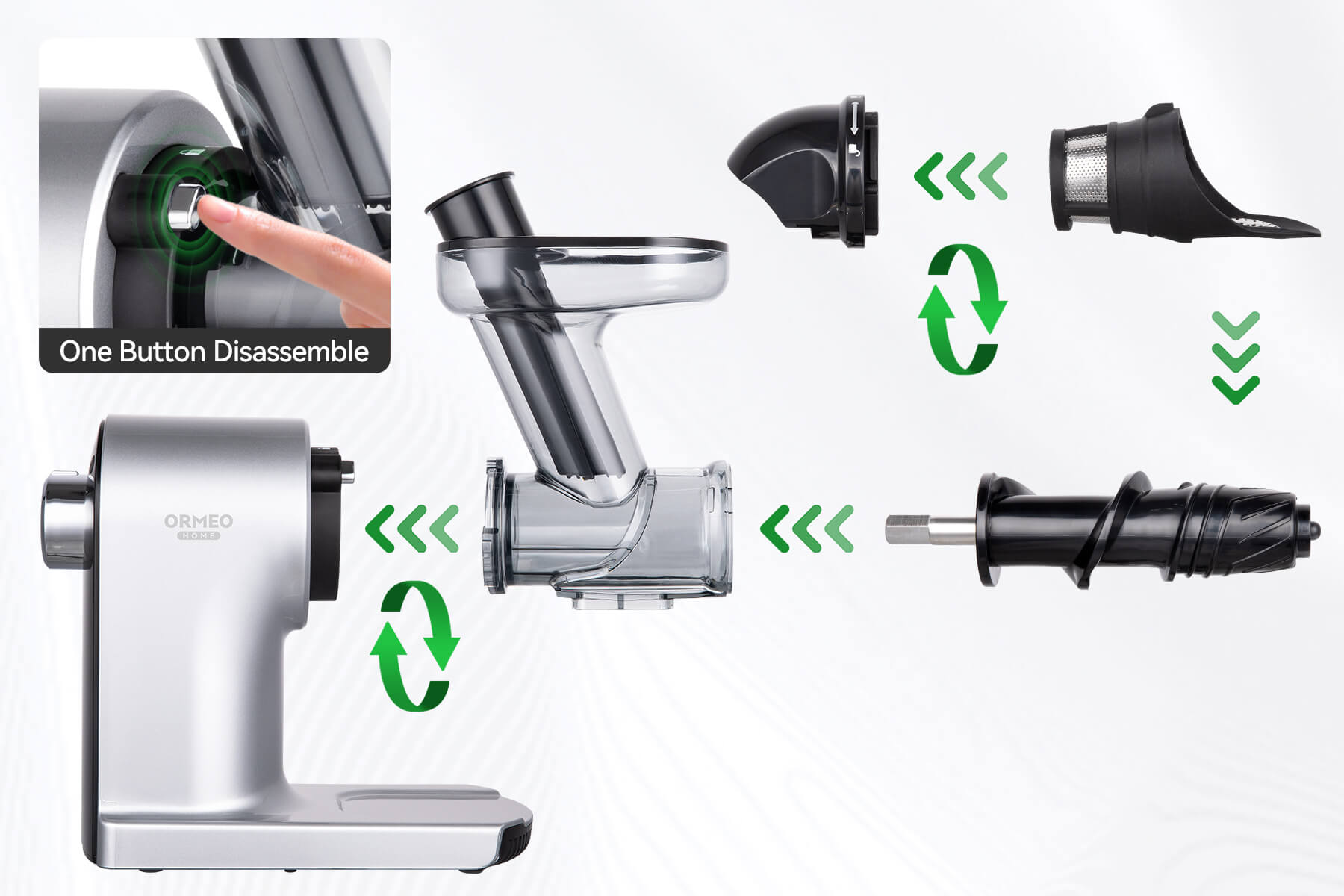
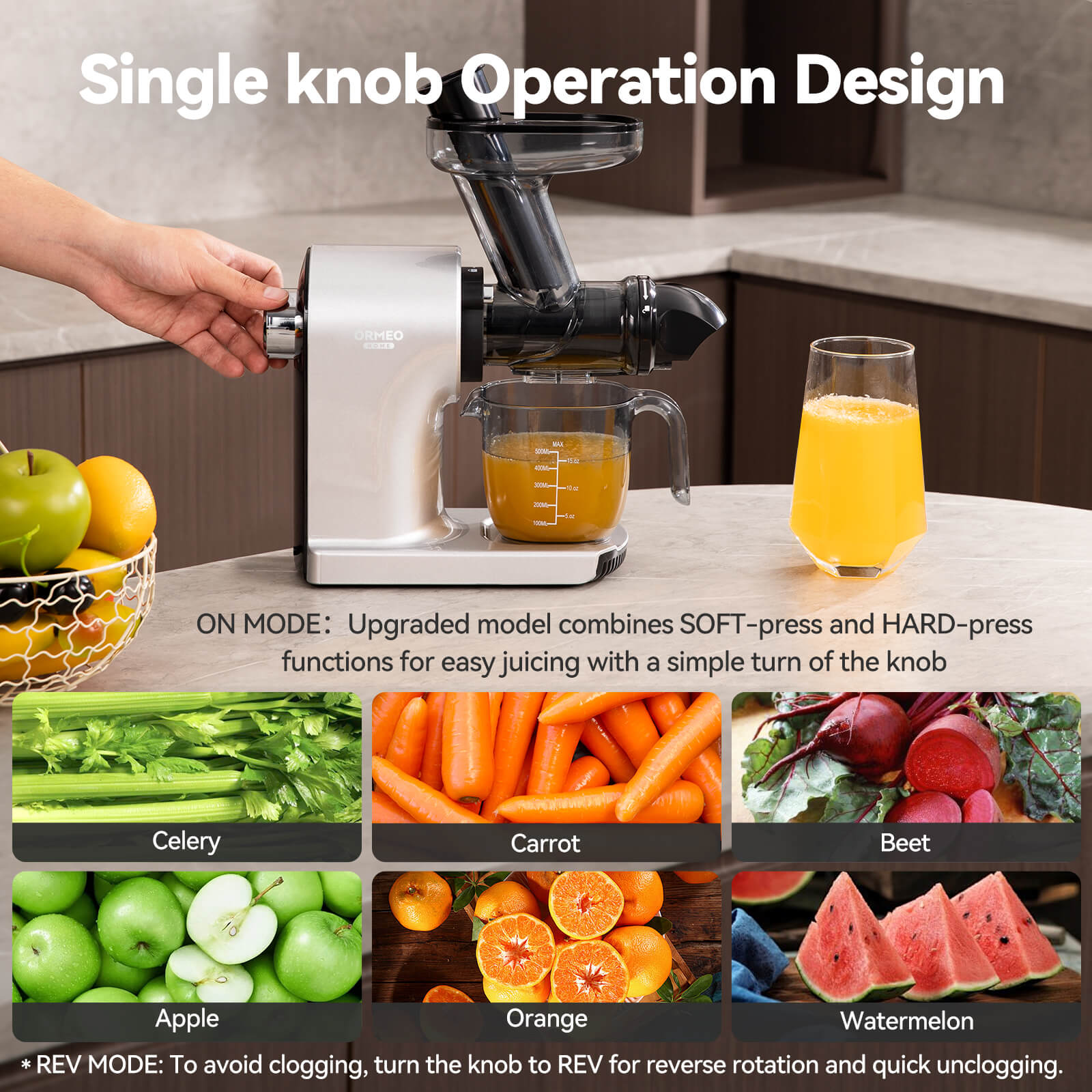
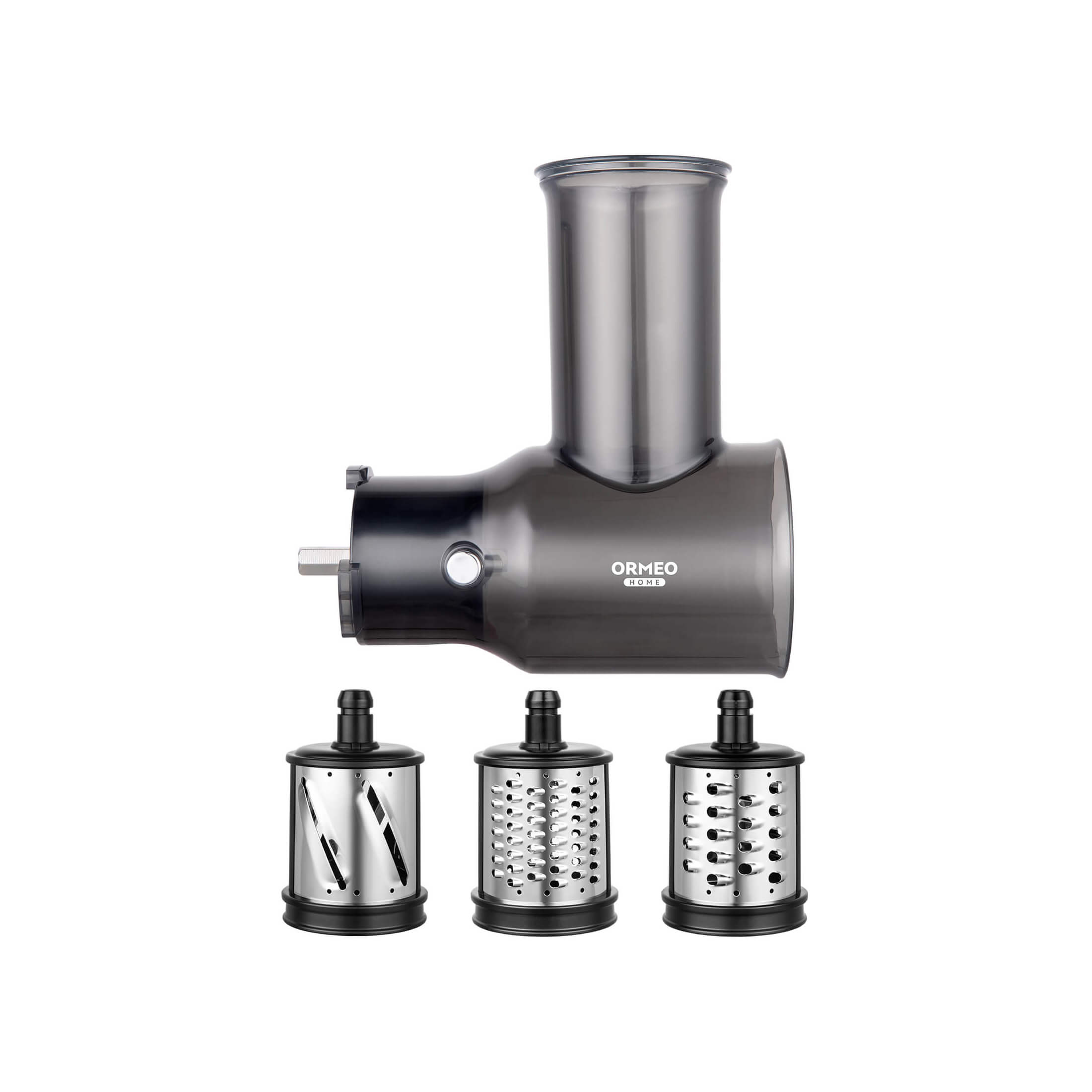
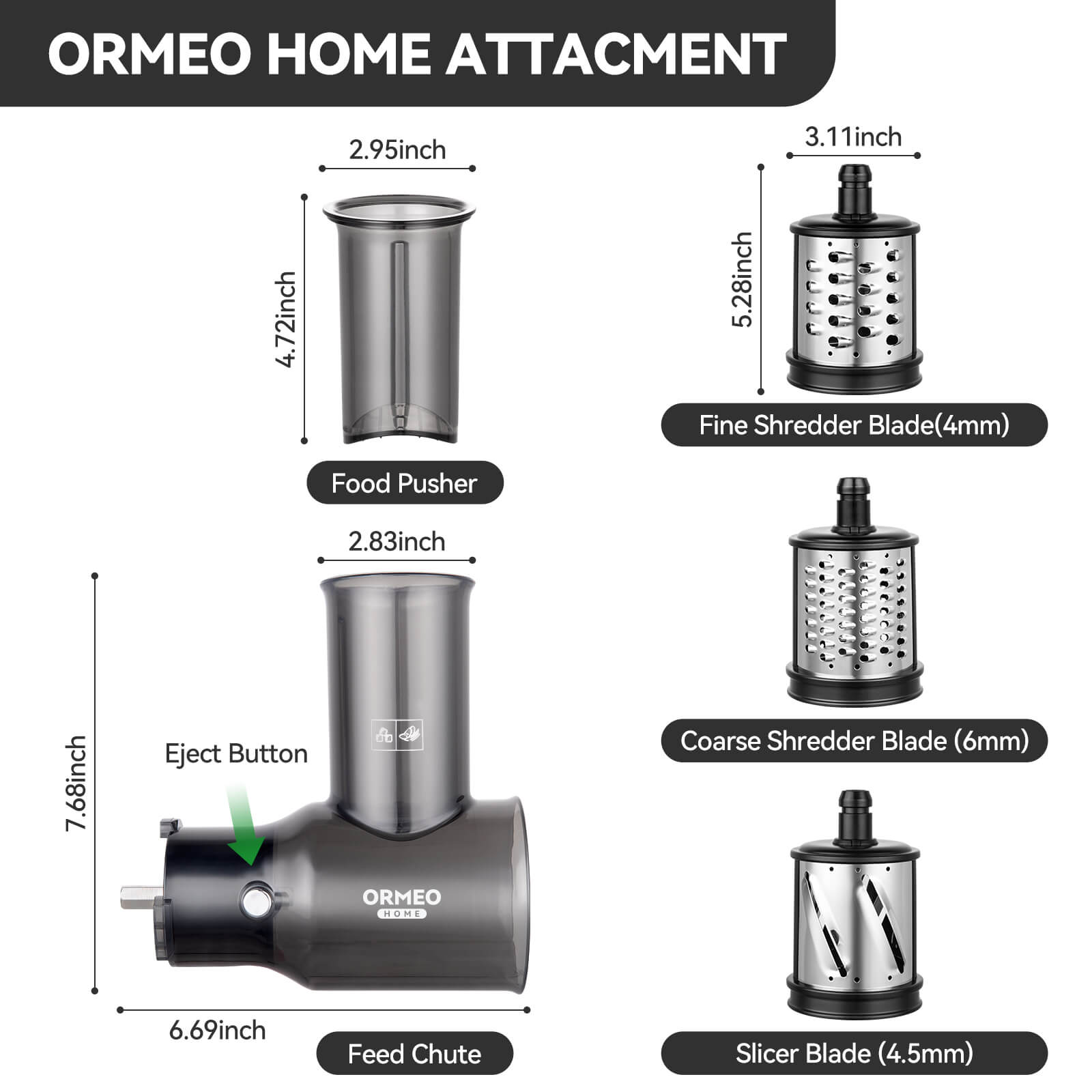
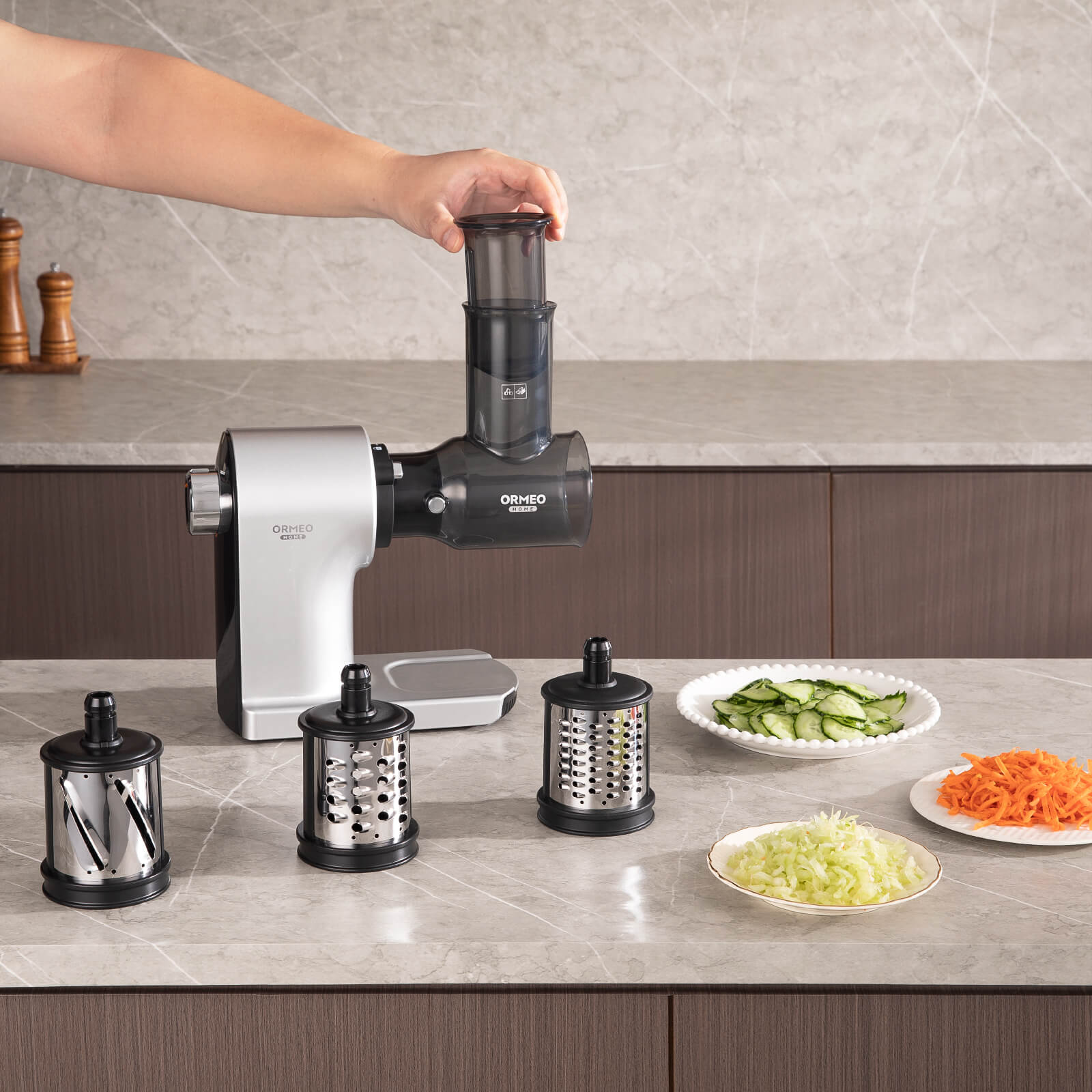
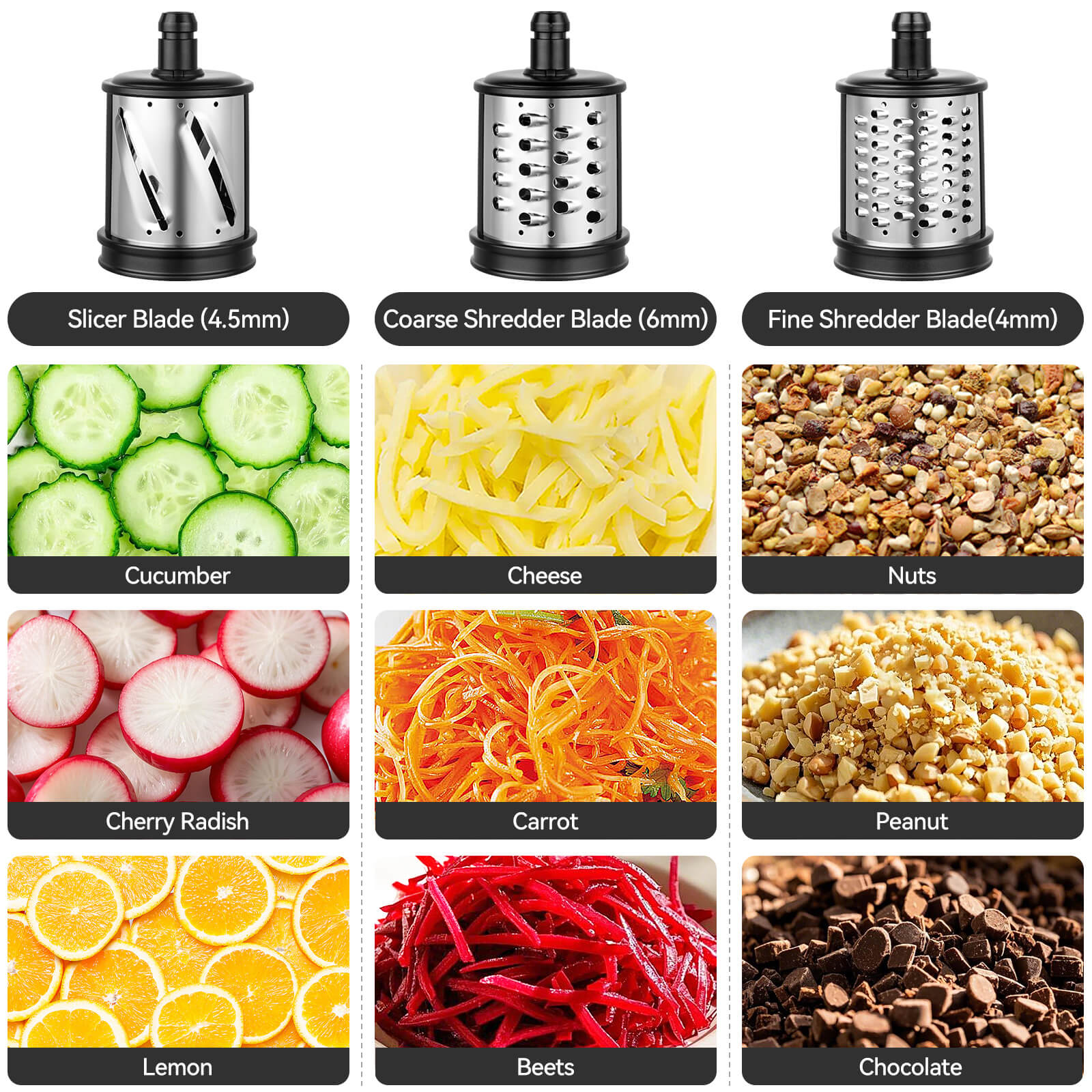
Share:
The Best Affordable Juicers of 2025 Tested and Approved
Operation guide for ormeohone juicer 1901